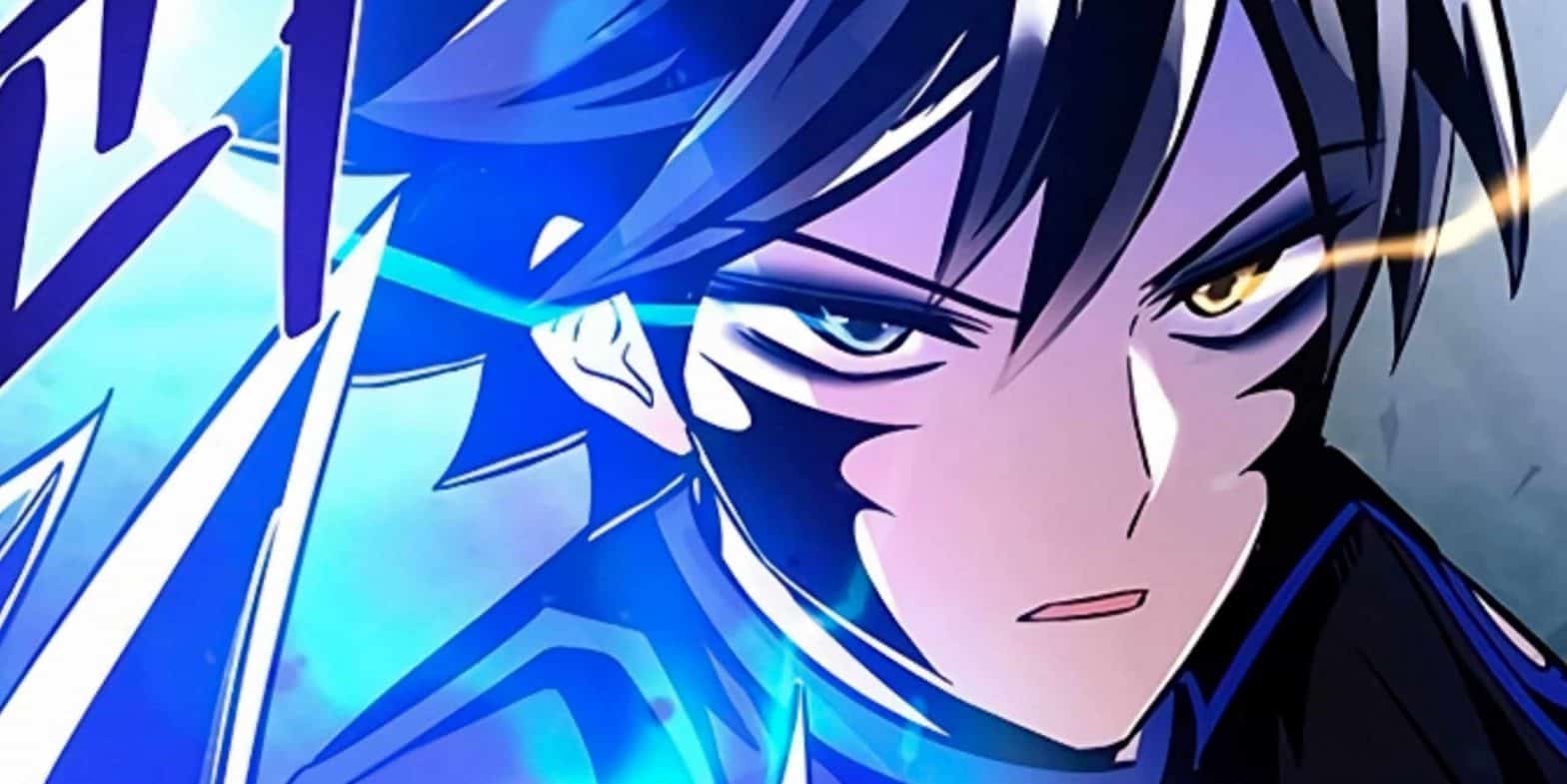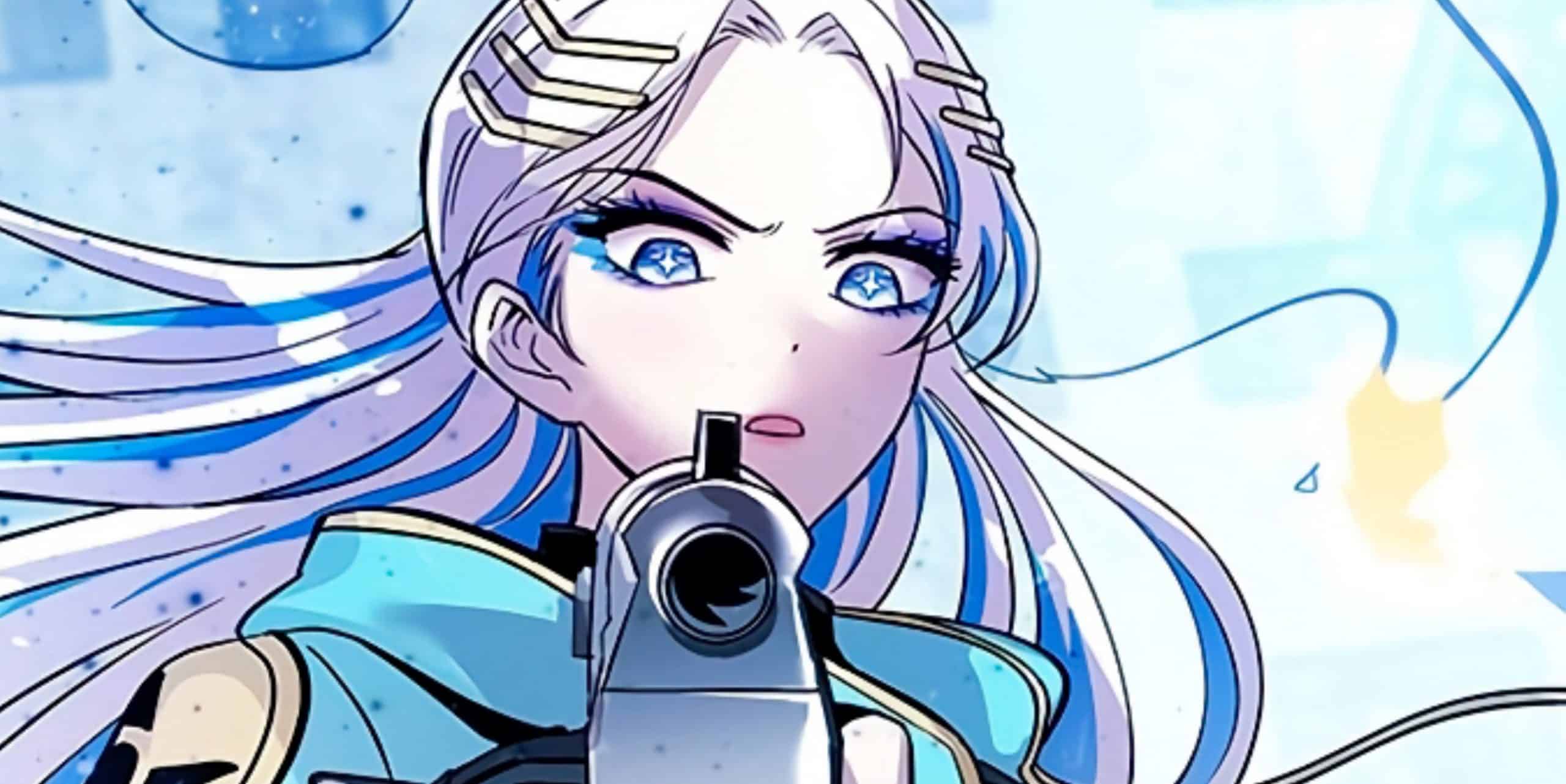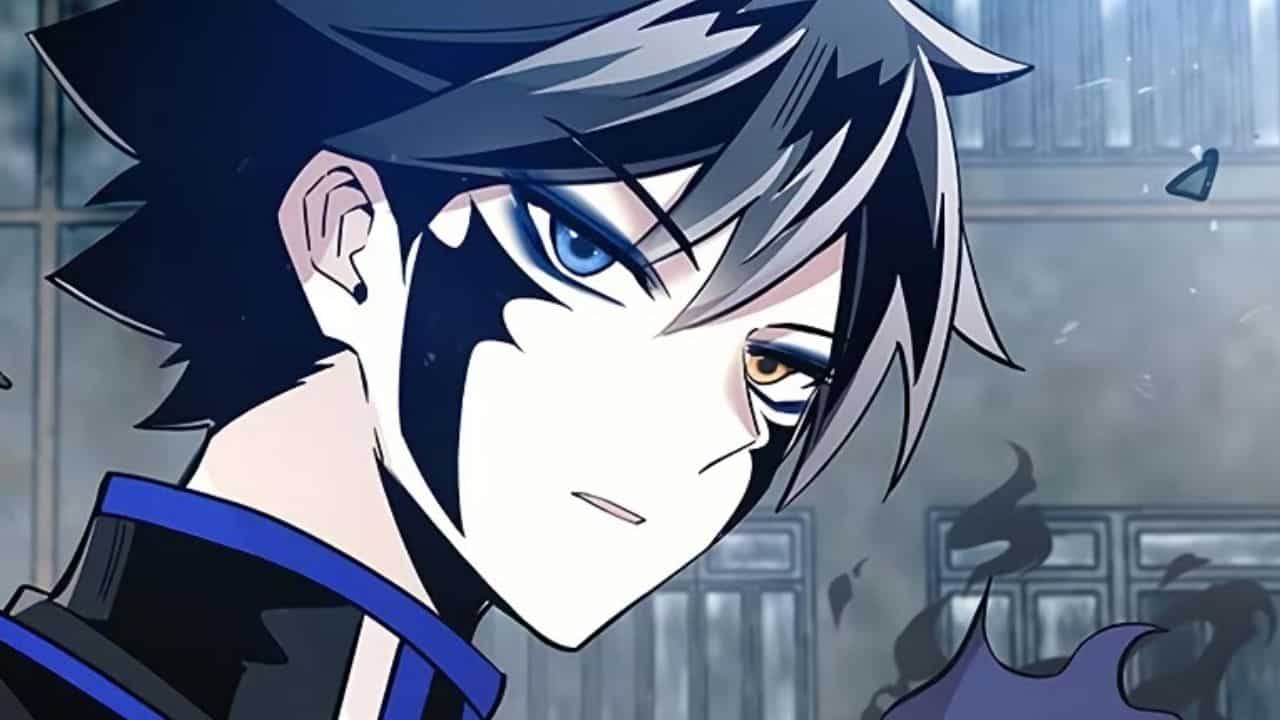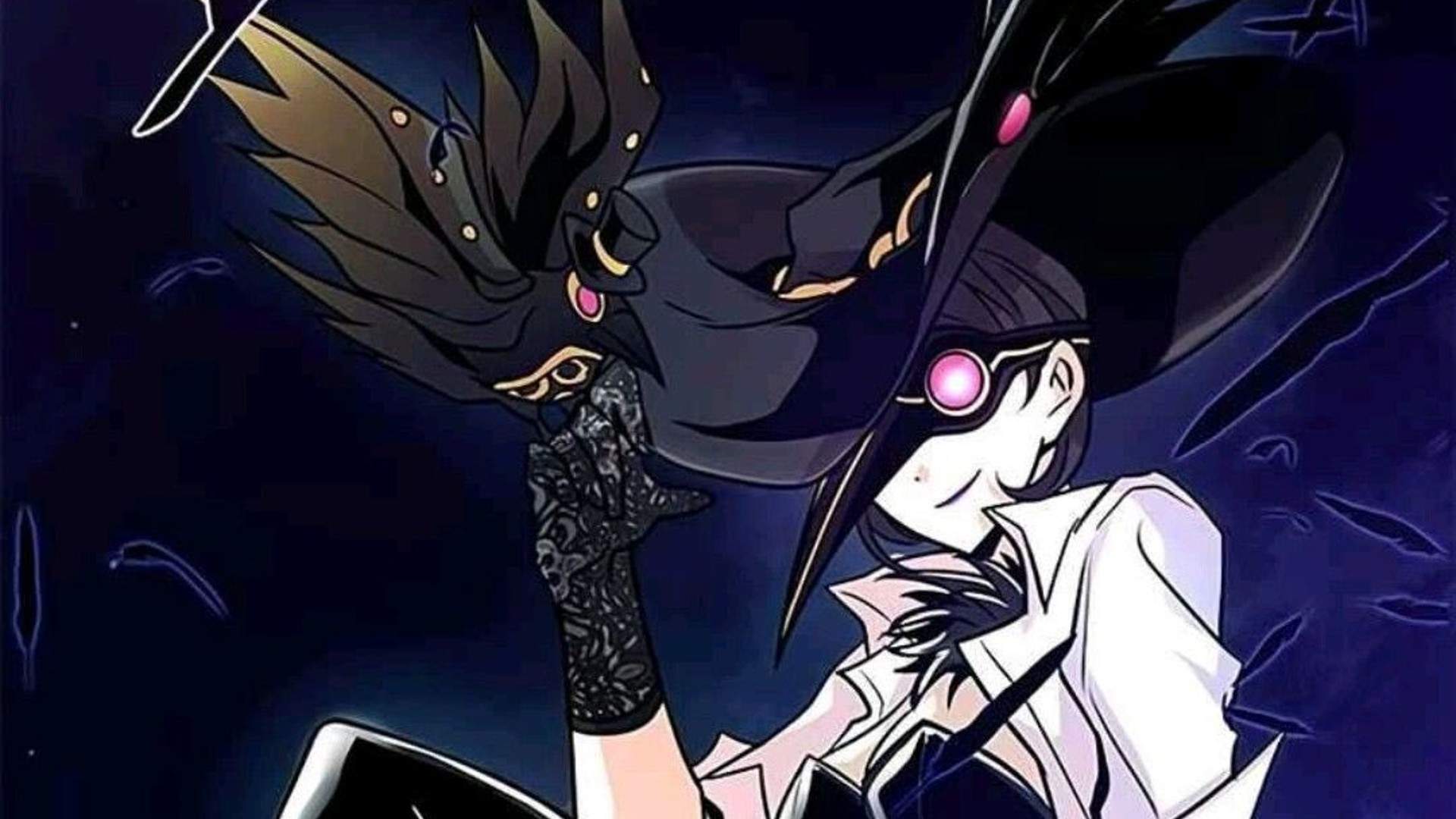In “Villain to Kill Chapter 96,” we delve into a gripping narrative that captivates readers with its complex villain and intricate plot. As the story unfolds, we’ll analyze the villain’s motivations, explore the narrative structure, and uncover the underlying themes and symbolism that shape this captivating tale.
Character Analysis

In this chapter, the villain, Malice, takes center stage, revealing a complex and multifaceted character.
Malice’s motivations stem from a deep-seated trauma experienced in her childhood. Witnessing the brutal murder of her parents by a ruthless warlord, she vowed revenge against all those responsible for their deaths.
Backstory
- Malice’s backstory is shrouded in mystery, with only fragments of her past revealed throughout the chapter.
- She was born into a wealthy family but lost everything in a tragic war that claimed the lives of her parents.
- Haunted by the horrors she witnessed, Malice developed a cold and ruthless exterior, vowing to make the world pay for her suffering.
Development
Throughout the chapter, Malice’s character undergoes significant development.
Villain to Kill Chapter 96 left us on the edge of our seats with its intense action and unexpected twists. For those looking for a change of pace, Skip and Loafer Chapter 52 offers a heartwarming and lighthearted escape. However, don’t forget to return to Villain to Kill Chapter 96, as the battle between good and evil reaches its climax in an epic showdown that will leave you breathless.
- Initially portrayed as a heartless and vengeful villain, she gradually reveals a more vulnerable side as her past is unveiled.
- Her interactions with the protagonist, a young hero seeking justice, challenge her beliefs and force her to confront her own pain.
- As the chapter progresses, Malice’s motivations become increasingly complex, blurring the lines between good and evil.
Narrative Structure: Villain To Kill Chapter 96

Chapter 96 of the story is a masterclass in narrative structure, with the villain’s actions serving as the driving force behind the plot’s progression. The chapter opens with a chilling scene, setting the tone for the rest of the chapter and establishing the villain’s malicious intent. The villain’s every move is meticulously planned, creating a sense of suspense and dread that keeps readers on the edge of their seats.
Villain to Kill Chapter 96: Prepare yourself for a rollercoaster ride as we delve into the depths of darkness and intrigue. Like Chapter 7 of The Great Gatsby where secrets unravel and the past collides with the present , this chapter promises to keep you on the edge of your seat as the lines between good and evil blur.
Villain to Kill Chapter 96 will leave you questioning your own morality and the true nature of redemption.
Foreshadowing and Suspense, Villain to kill chapter 96
Foreshadowing plays a crucial role in building tension and creating a sense of impending doom. Subtle hints are dropped throughout the chapter, hinting at the villain’s ultimate goal and the devastating consequences that await the heroes. The use of foreshadowing creates a sense of unease, keeping readers constantly guessing and anticipating what will happen next.
Suspense is maintained through a series of heart-pounding moments and cliffhangers. The chapter is punctuated by moments of intense action, followed by periods of relative calm that allow the tension to build before exploding into another adrenaline-fueled sequence. This ebb and flow keeps readers engaged and invested in the story’s outcome.
Villain to Kill Chapter 96 ended with a jaw-dropping cliffhanger, leaving us eagerly anticipating the next chapter. In the meantime, we can check out Tower of God Chapter 588 for some more epic action and adventure. But rest assured, we’ll be back with the next installment of Villain to Kill Chapter 96 as soon as it drops!
Literary Devices
The author employs a range of literary devices to enhance the narrative’s impact. Vivid imagery paints a gruesome picture of the villain’s actions, while metaphors and similes create powerful connections between the characters and their motivations. The use of foreshadowing and suspense, combined with the skillful deployment of literary devices, creates a compelling and engaging storyline that keeps readers captivated until the very end.
Themes and Symbolism

Chapter 96 of “Villain to Kill” is a complex and multi-layered narrative that explores a range of themes and employs powerful symbolism to convey its deeper meanings. These elements work together to create a profound and resonant story that delves into the nature of good and evil, the power of redemption, and the consequences of unchecked ambition.
The Villain’s Role
The villain, once a respected hero, has now succumbed to the allure of power and become a ruthless tyrant. Their transformation symbolizes the corrupting influence of unchecked ambition and the dangers of letting one’s ego run wild. The villain’s actions serve as a cautionary tale about the importance of humility and the need to temper one’s desires.
The Power of Redemption
Despite the villain’s descent into darkness, the story also explores the possibility of redemption. The protagonist, once a close friend of the villain, refuses to give up on them and believes that there is still good within them. This unwavering faith in the power of redemption becomes a beacon of hope in the face of overwhelming evil.
The Consequences of Unchecked Ambition
The villain’s unchecked ambition ultimately leads to their downfall. They become so consumed by their desire for power that they lose sight of everything else. Their actions bring ruin upon themselves and those around them, demonstrating the destructive consequences of unchecked ambition and the importance of finding balance in one’s life.
Last Word

Through our exploration of “Villain to Kill Chapter 96,” we’ve gained a deeper understanding of the villain’s complexities, the narrative’s masterful construction, and the profound themes that resonate throughout the story. This chapter serves as a testament to the power of storytelling, leaving a lasting impression on readers and inviting them to ponder the nature of villainy and the complexities of human nature.
